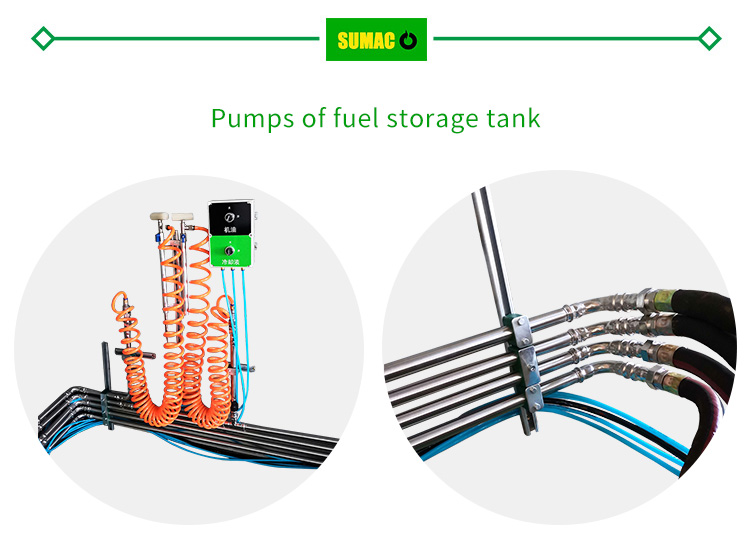Determining the capacity of fuel cube tanks requires a comprehensive consideration of multiple factors to ensure they meet operational needs while adhering to safety and regulatory requirements.
Operational Requirements
First and foremost, analyze the actual fuel consumption patterns. For industrial applications, such as factories with multiple fuel - powered machines, calculate the total fuel demand per day or per production cycle. Consider peak usage periods and the number of consecutive operating hours without refueling. For transportation - related uses, like fueling stations for vehicles, estimate the average daily refueling volume based on the number of vehicles served and their typical fuel tank sizes. This data helps set a baseline capacity to avoid frequent refills that could disrupt operations.
First and foremost, analyze the actual fuel consumption patterns. For industrial applications, such as factories with multiple fuel - powered machines, calculate the total fuel demand per day or per production cycle. Consider peak usage periods and the number of consecutive operating hours without refueling. For transportation - related uses, like fueling stations for vehicles, estimate the average daily refueling volume based on the number of vehicles served and their typical fuel tank sizes. This data helps set a baseline capacity to avoid frequent refills that could disrupt operations.
Storage Duration
Factor in the desired storage duration. In regions with potential supply disruptions or where fuel deliveries are irregular, a larger tank capacity may be necessary to store enough fuel to sustain operations during extended periods. For example, remote power plants relying on fuel cube tanks might need to store fuel for weeks or months to ensure continuous electricity generation during harsh weather conditions or logistical challenges.
Factor in the desired storage duration. In regions with potential supply disruptions or where fuel deliveries are irregular, a larger tank capacity may be necessary to store enough fuel to sustain operations during extended periods. For example, remote power plants relying on fuel cube tanks might need to store fuel for weeks or months to ensure continuous electricity generation during harsh weather conditions or logistical challenges.
Available Space and Installation Constraints
The physical space available for tank installation also plays a significant role. Measure the area where the fuel cube tank will be placed, taking into account height, width, and depth limitations. Additionally, consider any local building codes or regulations regarding tank size and proximity to other structures. Sometimes, the available space may limit the tank's dimensions, forcing a compromise between the ideal capacity and what can be practically installed.
The physical space available for tank installation also plays a significant role. Measure the area where the fuel cube tank will be placed, taking into account height, width, and depth limitations. Additionally, consider any local building codes or regulations regarding tank size and proximity to other structures. Sometimes, the available space may limit the tank's dimensions, forcing a compromise between the ideal capacity and what can be practically installed.
Safety and Regulatory Considerations
Safety is paramount. Regulatory bodies often impose restrictions on maximum tank capacities to mitigate risks associated with large - scale fuel storage, such as potential spills or fire hazards. These regulations may vary by region and application. Compliance with these standards ensures that the fuel cube tank can operate legally and safely.
Safety is paramount. Regulatory bodies often impose restrictions on maximum tank capacities to mitigate risks associated with large - scale fuel storage, such as potential spills or fire hazards. These regulations may vary by region and application. Compliance with these standards ensures that the fuel cube tank can operate legally and safely.
In conclusion, accurately determining the capacity of fuel cube tanks demands a holistic approach that integrates operational, spatial, and safety - related factors.

